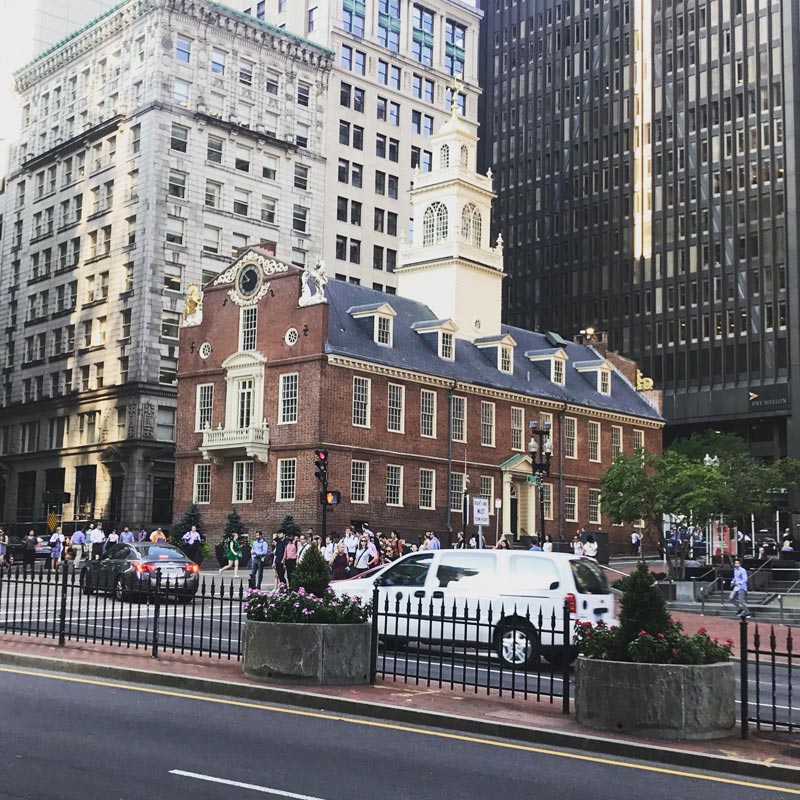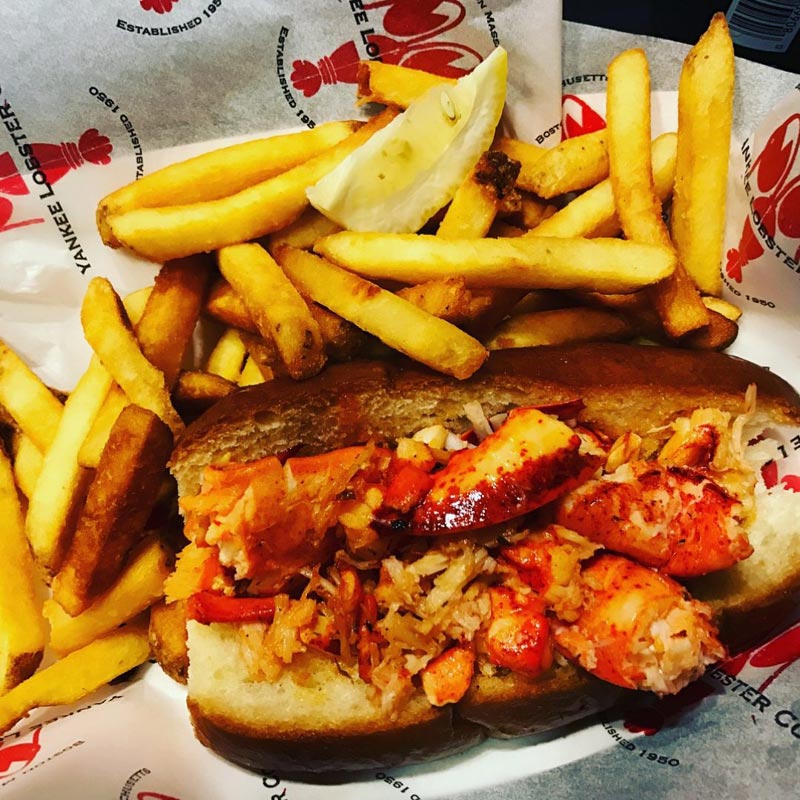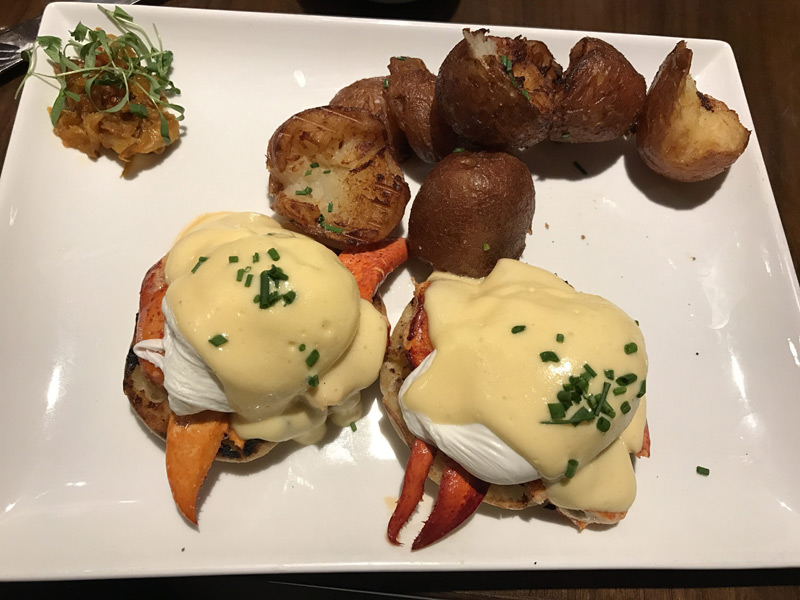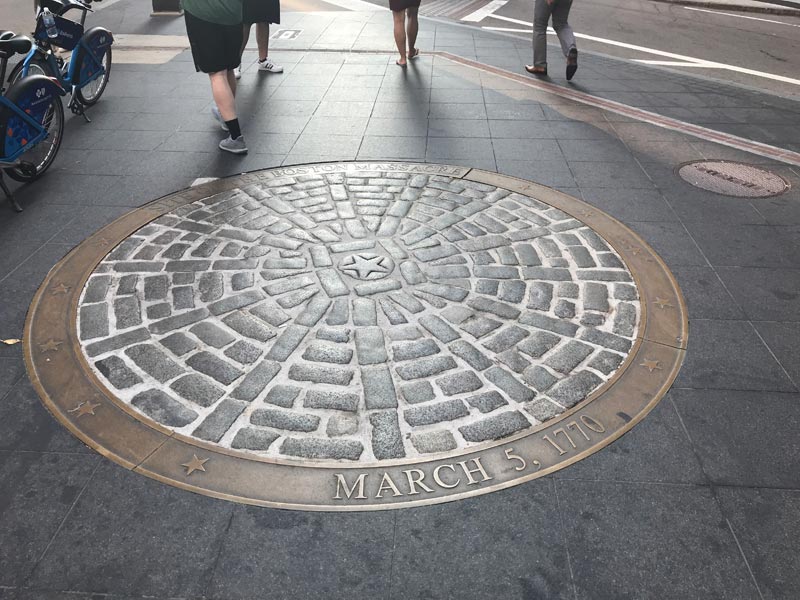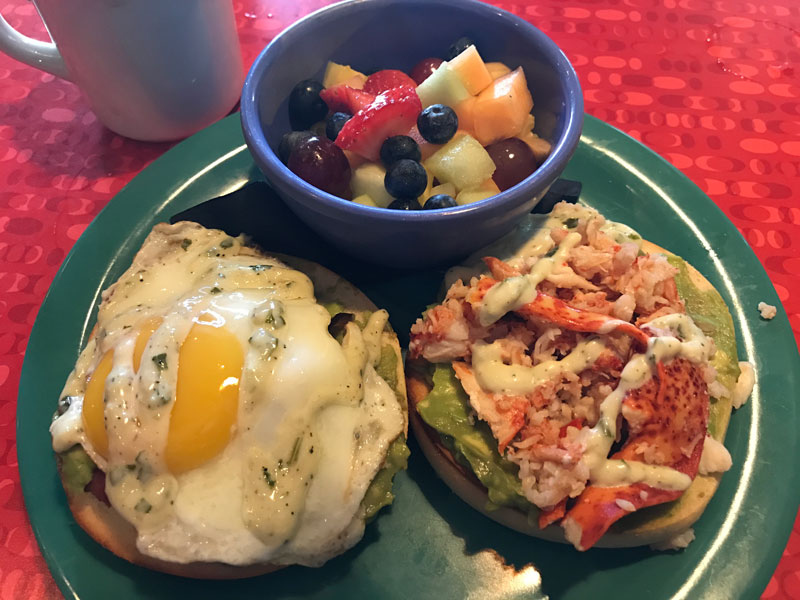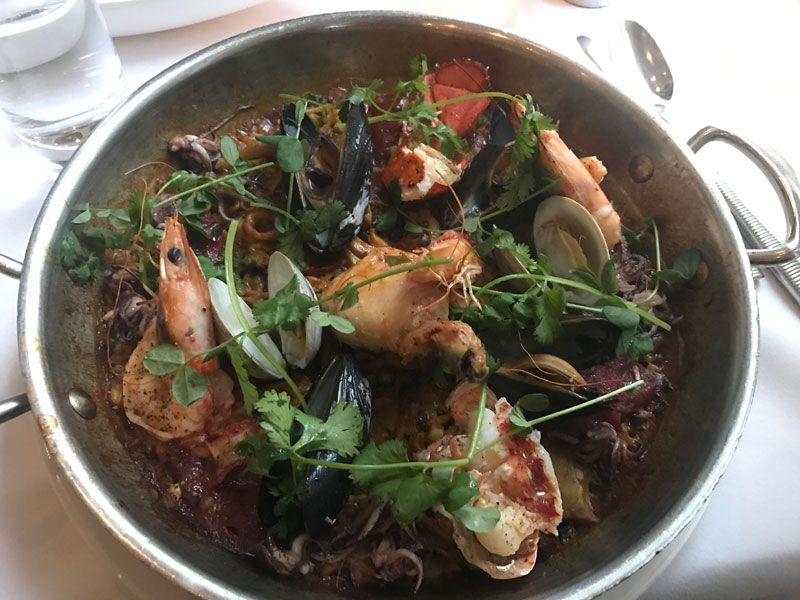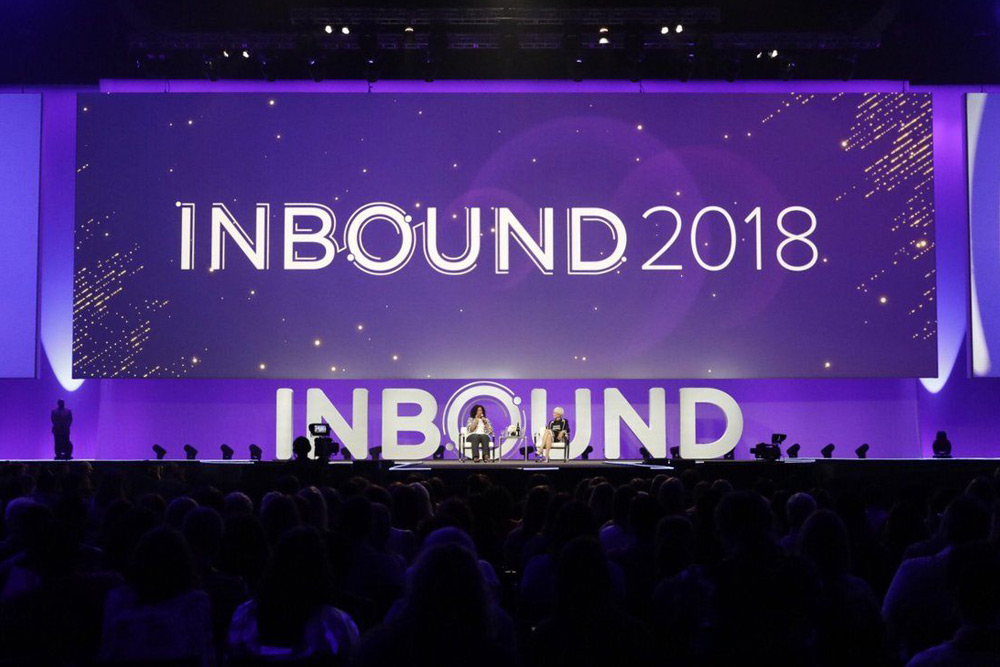
HubSpot’s Crack at the Flywheel, and What it Means for You
Another Inbound has passed, and 24,000 of your favorite marketers and business development reps have returned from Boston filled with coffee, full notebooks and big ideas heading into 2019.
As a HubSpot partner, we often say Inbound is our Super Bowl, and this year’s event definitely felt like a sellout crowd. We filled up a lot of notebooks, had a lot of fantastic conversations and got a kickstart on what the inbound marketing world will look like in 2019.
From the world of HubSpot, the key focus is on the flywheel. What is a flywheel? That feels like a Wikipedia question. But for the purposes of Inbound marketing, the key function of a flywheel is that it’s a continuous power output that doesn’t require continuous energy.
Wait, what does energy have to do with inbound marketing? A lot. If you think about the traditional sales funnel approach, you know that the energy of most marketing is to fill the top of the funnel with new leads and push them down the funnel until they are customers. This takes time and energy.
HubSpot’s new approach: Make a flywheel from your buyer journey stages that looks like this:
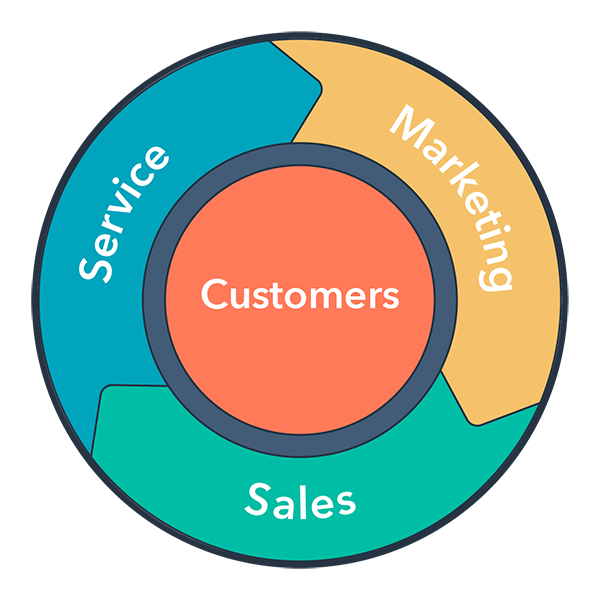
As you can see, the customer is in the center, creating a new energy source that keeps the rest of the wheel spinning. That’s because in today’s world, word of mouth is the new inbound marketing. Buyers will do their own research before they talk with you, and then they will reach out to your customers whether you know it or not. With so much of the buying cycle happening before you have a conversation with a customer, you need to have frictionless approach to delighting your customers.
So, what are you doing in 2019 to delight your customers so they can spin your wheel?
There were a lot of other moving parts at Inbound, but I highlighted five thoughts worth sharing after our week in Boston.
Remove Friction by Solving for the Customer
One of my favorite speakers each year at Inbound is Dharmesh Shah, HubSpot’s CTO. At every keynote, he talks about how he’s an introvert who hates to speak in public… then he goes out and gives the best speech of the event.
This year, he picked up the flywheel approach and talked about how growth through your customers/clients is the true sales tool of the future. Simply put, in a world that is overrun by content, people are doing more and more of their own research and then turning to your customers for input on what’s it’s like to work with you, often BEFORE they even consider talking to you.
So, what does it take to build a customer base that loves you enough to tell others? It’s a tough nut to crack, but HubSpot came up with a customer code they shared. It’s a great presentation overall (and they were transparent enough to highlight several areas where they currently fall short of their own code), but my takeaway was simple: Solve for the customer. In so many businesses the marketing conversations are about growth, retention, LTV, maximizing value, etc. In very few do any of us really talk about how much value we’re providing our customer.
If the goal is to remove friction from the flywheel, making decisions based on what makes your customer’s life easier is the cheat code. For those “growth hacking” marketers out there, this means cutting back on rapid fire emails and pop ups that are all about conversions to dollars today, and focusing instead on providing content that adds value to the conversation. In the long run, prioritizing this connection with a customer over short term revenue will help build a relationship. It’s that relationship that will help them help you.
This is just a quick CliffsNotes version of the speech. Check out HubSpot’s Customer Code, and you’ll also be able to see the full video of Dharmesh’s speech.
Conversations with People and Bots
You know about chatbots already, and you may have already considered them for your company’s site. You may have also tried the technology and found it clunky or not something you think your prospects want. Well, heading into 2019, the technology is better (albeit still a bit clunky), and the results are in: People want quick hit answers via chat.
Plus, the big takeaway from sessions our team attended: They don’t cannibalize your existing form conversions; they bring in new people who would never fill out a form normally.
We weren’t initially big believers, but we have implemented our own basic version on key conversion pages like our HubSpot consulting page. Our setup (as of this writing): HubSpot conversations are hooked directly into a Slack channel that notifies our team. If no one is available, an automation fires to capture visitor information so we can reach out to them later, essentially turning it into a form if the live chat option isn’t viable.
The other thing to consider heading into 2019: At last year’s Inbound, the buzz was all around the CRM. After that push, we saw them put considerable resources behind it to truly make it a core part of their offering. It’s safe to say that this year’s push will be behind conversations.
Inbound Sales Strategist to Follow
While there are several specific speaker sessions I attend each year at the event, I also mix in at least five or six sessions from new people. This can be somewhat of a crapshoot since you’re picking based on the session overview and title, but it seems like I find one homerun every time. This year, the guy who that home run was Keenan. Just Keenan (@keenan for those keeping tabs on the Twitters).
He gets his point across by raising the volume and mixing in some PG-13 language, but that attention grabbing is worth the effort, as he delivers on tactical, effective business development relationships that fit right into the flywheel theme.
Really, this is a business development spin on Dharmesh’s point above about solving for the customer. It’s your job to show value they can see, not to be the most popular person in the room.
Even better, Keenan tackled a hot button topic for me: How to write emails to prospects that are not generic form templates that look like they come from a bot. You know the sales emails I’m talking about where they make some quip about what THEY do and ask you for 15 minutes of your time. To paraphrase Keenan, why in the Swear Word would you give someone 15 minutes of your time to talk about themselves? We’re all busy, right? So if you want to start a new relationship with someone via email, which is tough, at least have the courtesy to start off by showing some value. His easiest insight into that, start the email by saying you know organizations like your prospects struggle with XX problem, and ask if they are having that problem. This brings value out right away; you’re looking to help them with a problem.
Inspiration from Inbound 2018
Maybe you’re cooler than me and already knew about charity: water, but I was blown away by the Friday keynote from their founder Scott Harrison.
Their mission is simple and easy to get behind: They want to bring people fresh water. That’s it. Roughly 663 million people in the world live without clean water, nearly one in 10 people worldwide. This is at the root of health and education problems across the globe and, as Scott shared, is a huge obstruction to the empowerment of women in many cultures.
Besides the inspiration of the cause, the story for marketers is how they built a different charity platform by eschewing traditional non-profit marketing tactics. They spent money, time and energy on the brand. They try to stay away from the term “giving back” and the negative connotation that it makes people feel like they took something, so now they have to give back. Instead, they focus on just giving. It’s a story that has resonated with their donor (their customer) and helped them build a giving platform with killer A-list sponsors and influencers as well as great brand recognition across the world.
The story was so compelling I purchased Scott’s forthcoming book. If you want to get a better sense of what they do, I recommend watching this video that made about 5,000 people in Boston cry.
Fun and Lobster
Every Inbound we invite several of our clients to come with us. We value the time away from the office with them to talk strategy, life and overall business goals. Plus, it’s a great way to write off a few lobster dinners (see a few of my faves below).
This year we were blown away by the fact that seven of our clients attended the event! This is the biggest group we’ve had yet, and we were able to spend time with each of them. If you’re planning your event schedule for next year, and you’re looking to start your inbound marketing strategy, flesh it out, or take it to the next level, consider a trip to Boston with us. We’d love to have you!
Beyond getting to have several in-depth conversations about where they are headed in 2019, we also hit some amazing sites along the way:
- We rented a bike and took the Freedom Trail one morning before the conference
- We reviewed both sides of the story for the two taverns that claim to be the oldest
- We had a fancy group dinner at a farm-to-table restaurant that, surprisingly, led to a 3-hour review of good things to come in the real estate industry in 2019. (Also, did we see Jessica Williams walk past us on the way to our table? I say yes!)
- We had a few lobsters along the way


